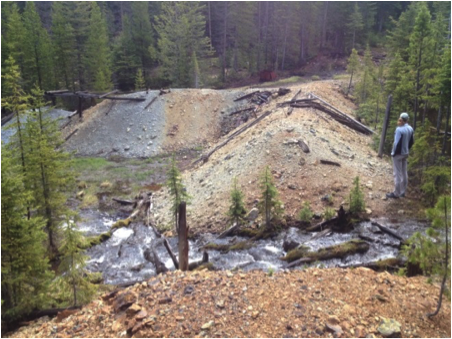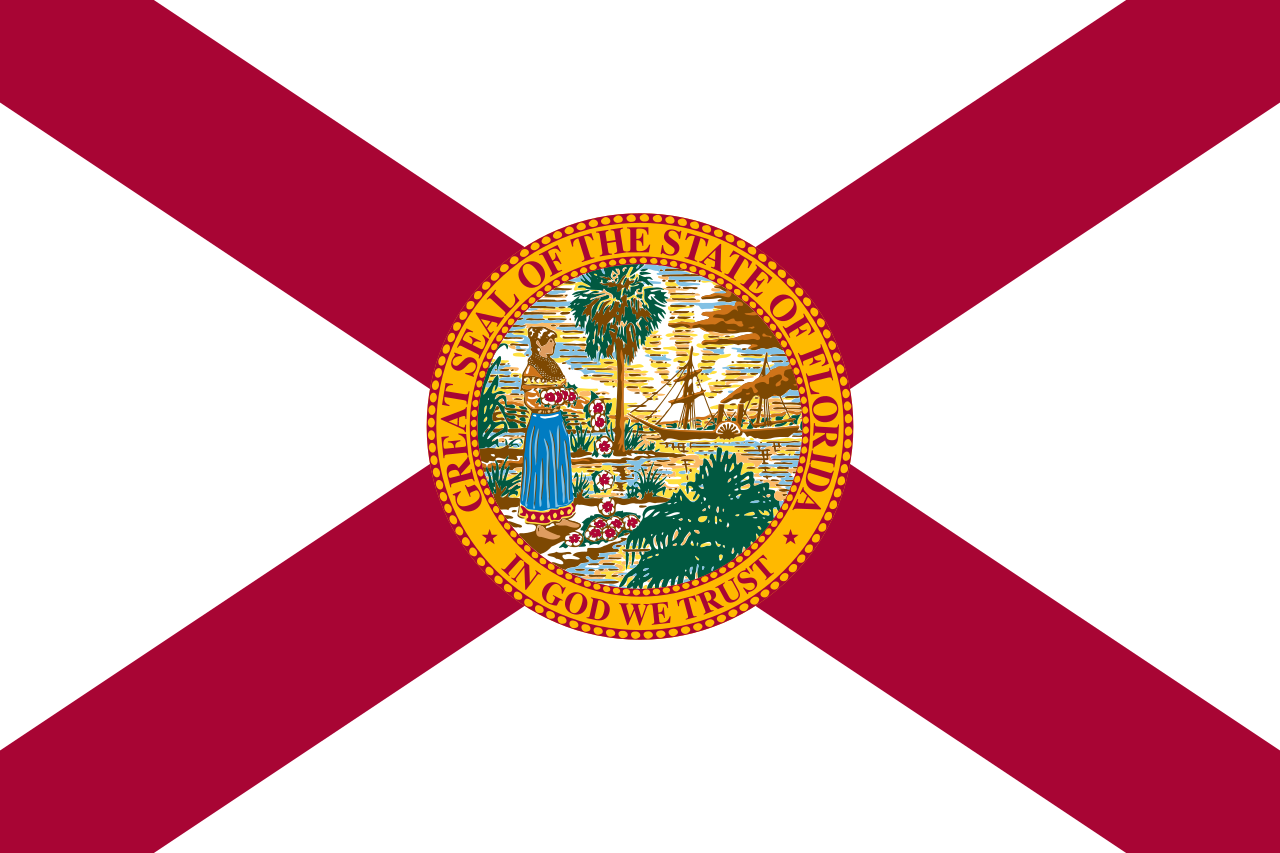 |
| Mine waste in the Telegraph Creek floodplain (image source unknown) |
The Pat Barns Chapter of Trout Unlimited, Trout Unlimited-National, and the Little Blackfoot River (near Helena) need you!!
"The Pat Barnes Chapter of Trout Unlimited and TU’s Clark Fork River Project invite you to join us in our efforts to revegetate the restored section of Telegraph Creek at the Lilly Orphan Boy Mine site. In 2016, TU and Montana DEQ removed 9,000 cubic yards of mine waste from Telegraph Creek and restored 350 feet of stream channel in the headwaters of the Little Blackfoot River.
The day will begin with a tour of the restored stretch of Telegraph Creek. Rob Roberts, TU Project Manager, will explain the techniques TU and partners used to reclaim the mine site and reconstruct Telegraph Creek. Following the tour, we will plant native trees and shrubs in the restored area.
Revegetation of this area will protect the stream bank and hillslope, promote native plant growth, and add shade to Telegraph Creek. Please meet at 8:00 AM at the Van’s Thriftway parking lot on Saturday, September 30th. From there we will drive an hour to the site. Please bring appropriate clothing, footwear, and work gloves. Lunch will be provided. We will finish the volunteer event around 2pm.
To RSVP please contact Max Lewis ASAP via phone or email at mlewis@tu.org or 207-701-1683. "
Gary Lafontaine wrote of the Little Blackfoot River, "There is no stream more special to me than the Little Blackfoot River. Let me completely protect one drainage in the state, from ranching, mining, logging, and even over fishing, and this would be the one."
If you have not yet explored the Little Blackfoot River or its tributaries, do it. This fall. I worked in the valley a few years back doing a fish passage/entrainment project from the mouth all the way up every trib. I went places and met people in that valley that I will probably never see again. And, I can tell you one thing, this fishery is about as resilient as one can get.
The Little Blackfoot River is heavily degraded and is heavily relied upon for irrigation. Many of its banks have been hoof sheered right out of existence, and there are fish-eating canals and irrigation dams galore! Meanwhile, just about every one of the tributaries (Telegraph Creek, Dog, Ontario) have major impacts from historic mining. Yet, the fishery lives on. The lower river has medium-sized (6-16'') brown trout galore. In the fall, you might find some bigger ones that come in from the Clark Fork. This area of the river is hard to get on as the entire valley floor is private cattle ranches but there are many locations to exercise legal MT stream access and there is one FWP access site. The middle reaches have a mix of browns and westslope cutts and the upper (above Elliston) turns into more of a cutthroat fishery.
The Little Blackfoot is a major and vital tributary to the Upper Clark Fork River, a river that has gone through ecological disasters on an unimaginable scale. The Upper Clark Fork is currently undergoing a major, and I mean MAJOR, restoration project to remove millions of yards of heavily contaminated mine wastes from the good ol' days in Butte and Anaconda. Likewise, the tributaries of the Little Blackfoot are receiving some love from TU National and stream restoration badass, Rob Roberts. Be a part of it and get off your ass to do something good.
Are you a TU member like me that can't just write checks or make donations because you are a broke ass who is following your dreams instead of following the money train? Well here's your chance to give your "in-kind" donation. I have always been disappointed in the fly fishing community when it comes to volunteer events. Fly fishers like to talk but they rarely walk the walk. Prove me wrong!!





